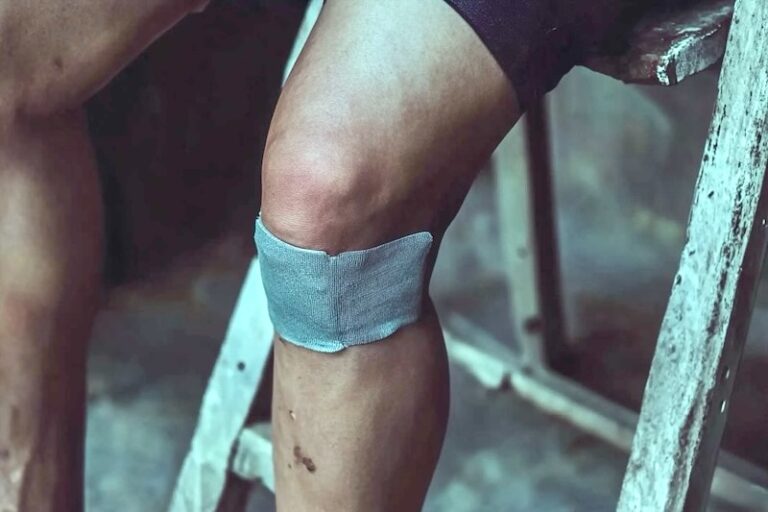Miami, FL (June 2020) – Recent evidence confirms that total joint replacement procedures, including shoulder, knee, and other joint reconstructions, can be performed effectively in an outpatient surgery center setting. According to noted hand and upper limb orthopedic surgeon Dr. Alejandro Badia, outcomes are often superior to those of joint replacements performed in traditional hospital settings, while avoiding hospital-related complications such as COVID-19 exposure and antibiotic-resistant infections.

A comprehensive study published in the first-quarter 2020 issue of Ambulatory Surgery demonstrates that total shoulder arthroplasty can be safely conducted in an outpatient setting with minimal complications and high patient satisfaction rates. Total joint replacement procedures of the upper limb, including thumb, wrist, elbow, and shoulder replacements, are particularly well-suited for outpatient surgery centers since patients don’t need to bear weight on the new joint.
The retrospective research, examining two-year outcomes of shoulder joint replacement patients, supports earlier findings published in the Journal of Shoulder and Elbow Surgery. These studies showed no significant differences in 30-day adverse event and readmission rates between outpatient and inpatient total shoulder arthroplasty procedures.
The advantages of choosing an outpatient surgery center for joint replacement include:
Dr. Badia, founder of the Florida-based Badia Hand to Shoulder Center and OrthoNOW®, emphasizes that successful outpatient joint replacement programs require:
Successful outpatient shoulder replacement candidates typically include:
According to the June 2020 Orthopedic Joint Replacement Market Research Report, global demand for partial and total joint replacements continues to rise, driven by:
The Foundation for Government Accountability reports that ambulatory surgery centers and recovery care centers provide lower-cost, high-quality care, potentially saving patients and employers up to 60% in healthcare expenses.
“Choosing the right facility and surgical team is crucial,” says Dr. Badia, author of “Healthcare in the Trenches.” He emphasizes that while Medicare currently limits coverage for some outpatient joint procedures, the success of outpatient knee replacements may pave the way for broader coverage of other joint replacement procedures.
Recent patient testimonials demonstrate high satisfaction rates with outpatient joint replacement procedures, highlighting faster recovery times and improved comfort compared to traditional hospital stays.
Dr. Badia is an internationally renowned hand and upper-limb surgeon and founder of Badia Hand to Shoulder Center and OrthoNOW®. He specializes in treating all upper extremity conditions, including trauma, sports injuries, joint reconstruction, nerve injuries, and arthroscopic surgeries.
Melissa Chefec
MCPR, LLC
203-968-6625
A: Outpatient joint replacement, also known as same-day surgery, is a procedure where patients undergo hip or knee replacement and go home the same day. This advancement in orthopedic surgery allows patients to recover at home rather than stay in the hospital overnight.
A: Good candidates for outpatient joint replacement are generally healthy individuals without significant medical issues. They should have a strong support system at home, be motivated to participate in rehabilitation, and have a home environment conducive to recovery. Mayo Clinic carefully evaluates each patient to determine if they’re suitable for this approach.
A: Outpatient procedures commonly include total knee replacement, total hip replacement, and partial knee replacement. In some cases, total shoulder replacement may also be performed on an outpatient basis, depending on the patient’s condition and the surgery center’s capabilities.
A: Pain control is crucial in outpatient joint replacement. Anesthetic techniques and pain management protocols are optimized to ensure patients can safely go home the same day. This may include long-acting local anesthetics, nerve blocks, and a tailored pain medication regimen for use at home.
A: Following surgery, a nurse in the patient’s home closely monitors the patient’s condition and checks vital signs. Patients receive regular follow-up calls from the healthcare team, and physical therapy often begins within 24 hours of the procedure. This ensures proper recovery and addresses any concerns promptly.
A: Mayo Clinic employs strict patient selection criteria, advanced surgical techniques, and comprehensive post-operative care plans. They have established protocols for monitoring patients at home and provide 24/7 access to medical support. If any concerns arise, patients can be quickly readmitted to the hospital if necessary.
A: Outpatient joint replacement offers several benefits, including reduced risk of hospital-acquired infections, faster return to a familiar home environment, potentially lower costs, and often quicker overall recovery. Patients may also experience less disruption to their daily routines and feel more comfortable recovering at home.
A: Studies have shown that outcomes for carefully selected patients undergoing outpatient hip or knee replacement are comparable to those of inpatient procedures. Mayo Clinic’s research indicates that patients experience similar pain control, functional outcomes, and satisfaction levels when compared to traditional inpatient joint replacements.
Find live videos of procedures or real testimonials from our patients.

Monday- Friday: 8:30AM- 5:00 PM
Saturday- Sunday: Closed